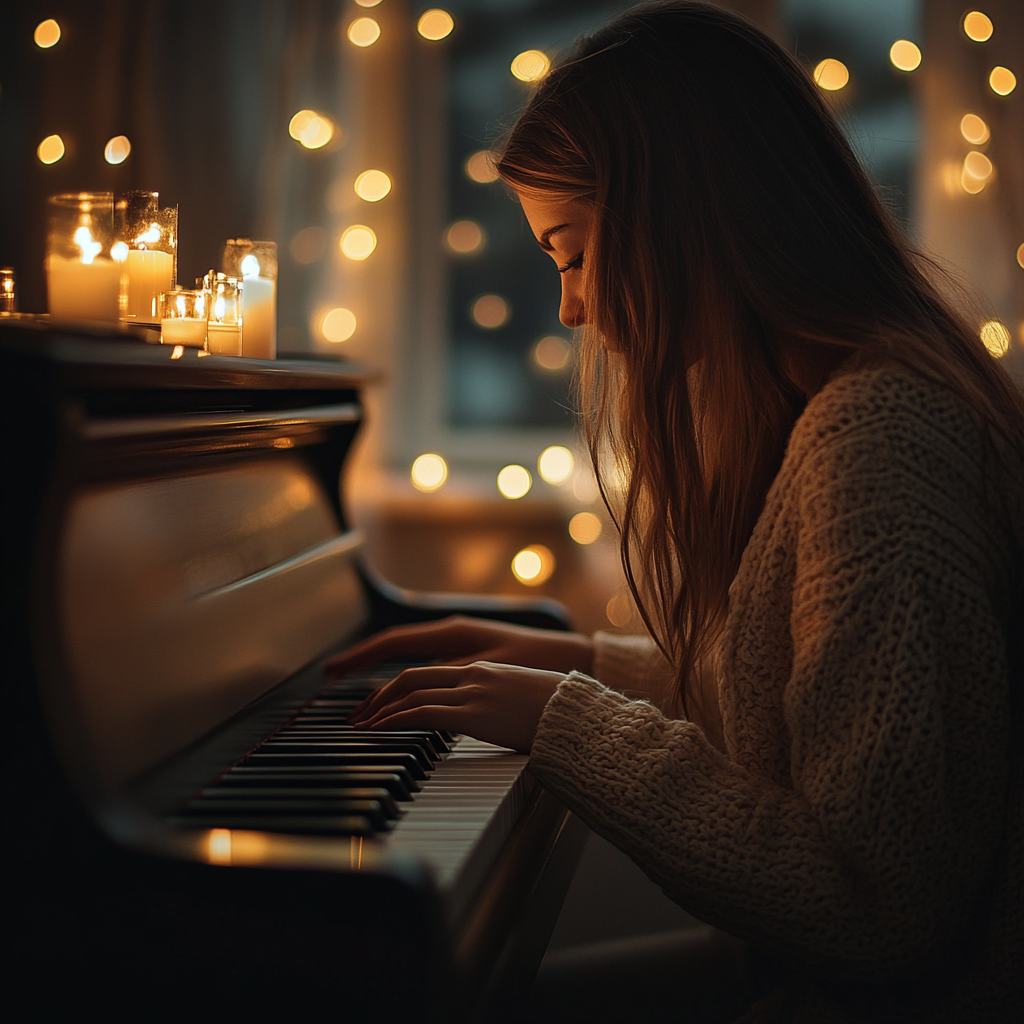Scents and music are two powerful stimulators of human emotions and creativity. The sense of smell is directly linked to the limbic system of the brain responsible for memory and emotion, so smells can evoke vivid images, associations and inner states. Music, by acting on the auditory cortex, stimulates brain activity, improving attention, concentration and the ability to think abstractly.
Many studies confirm that the scent of lavender and sandalwood helps to relax and focus, while citrus scents are invigorating and energising. Musical genres such as classical music, ambient or nature sounds, combined with aromatherapy, help to achieve the right emotional background and improve the creative process.
The harmony of sounds and aromas helps artists, writers and musicians to delve deeper into their work and discover their abilities.
Creating a harmonious space for creativity
In order for the creative process to be productive, it is important to organise your space so that sounds and scents complement each other. You should start by defining your purpose: to focus on a long-term task, to relax for inspiration, or to energise for active creativity.
Scents for creativity:
- Lavender and sandalwood – suitable for writers and artists, creating a calm and peaceful atmosphere.
- Citrus and pine – increase vigour and activate creative energy. Ideal for dynamic work and brainstorming sessions.
- Rose and jasmine – help you immerse yourself in romantic and deep images, ideal for poets and dreamers.
Musical compositions:
- Classical music – Mozart, Bach and Debussy help to concentrate and structure thoughts.
- Ambient and natural sounds – the sound of rain, wind or the ocean relieves stress and sets you in a meditative mood.
- Instrumental jazz and lo-fi – perfect for the background, helping to keep the momentum going without overloading attention.
A well-thought-out combination of scent and sound can help you achieve the right emotional state, but it’s important to experiment to find your unique combination.
Combining scents and music by type of creativity
Each type of creativity requires a different combination of scents and music.
Writers, when working on texts, often need deep concentration and calmness. Lavender or sandalwood scents provide a relaxing backdrop, allowing you to focus on the details. Music without words, whether classical works by Mozart or the sounds of nature, helps to keep the rhythm and block out distracting noises.
Artists, on the other hand, draw energy from an atmosphere saturated with invigorating aromas. The smell of citrus or pine trees helps to keep the mind fresh and creative. Instrumental jazz or modern, light, lo-fi compositions that set an unobtrusive rhythm for the work are perfect as musical accompaniment.
It is important for musicians to avoid strong aromas so as not to overwhelm the perception. Light essential oils of peppermint or eucalyptus keep the mind fresh and clear, creating a comfortable working atmosphere.
Practical tips for organising your space
To create a harmonious creative space, it’s important to keep a few key aspects in mind. Choose natural sources of fragrance – aroma lamps, diffusers or candles to help spread the scent evenly. Regularly ventilating the room will keep the air clean and avoid excessive mixing of scents.
Music is better organised through pre-prepared playlists for different stages of work: meditative ambient for inspiration, light classical background for concentration and uplifting rhythms for the active stage.
It is important to experiment to find a unique combination that suits you. The space should inspire and not distract, creating emotional comfort and balance.
Examples of creatives using scent and music
Many artists and writers consciously create a special atmosphere around them to create.
For example, writer Haruki Murakami notes that music helps him maintain a rhythm and immerse himself in the process. His choices are classical compositions and jazz, which set the mood for deep work.
Contemporary artists use essential oils from citrus and coniferous trees to keep them awake and active while working in their studios. The scents allow them to hold their concentration longer and avoid creative blocks.
There are also emerging examples in the art world of using scents as part of works of art. Anselm Kiefer adds scents to his installations to fully immerse the viewer in the atmosphere of his art. This is a prime example of how scents and music can become an integral part of the creative process.
The harmony of scents and music are not just details, but key elements that help the creator unlock potential and achieve productivity. By creating an atmosphere where smells and sounds work together, emotional well-being, concentration and inspiration can be greatly enhanced. Experiment, choose what works for you and create in harmony.
Questions and Answers
They create the right emotional state, improve concentration and help you find inspiration.
Lavender and sandalwood for calmness, citrus and pine for vigour and energy.
Classical, ambient and nature sounds help you focus, while lo-fi and jazz keep you on track.
Use aroma lamps or candles, choose the right scents and create playlists for different stages of work.

